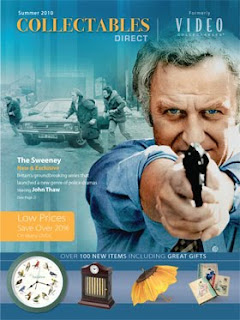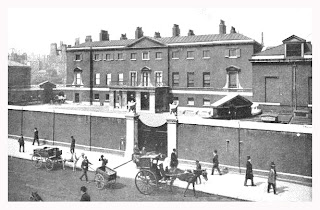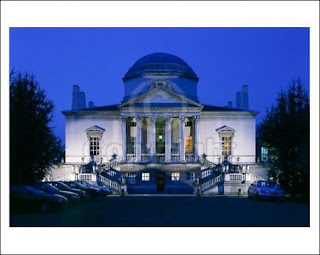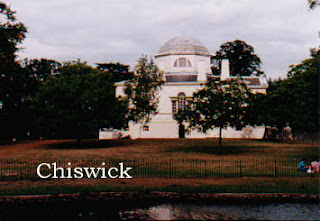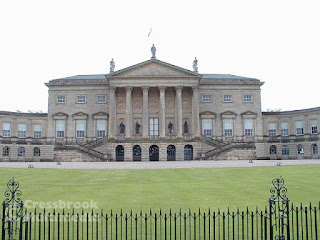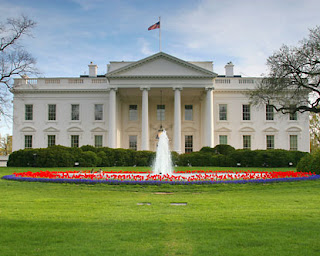
What with Christmas just around the corner, we thought we’d let you know that you can probably pick up gifts for most of the lucky on your list at the upcoming
Chatsworth Attic Sale to be held by Sotheby’s London on October 5-7, 2010. More than 1,000 lots and 20,000 objects will be on offer from October 5 to 7, with estimates ranging from an alluring £20 to £200,000 for William Kent chimneypieces removed from Devonshire House in London before it was demolished in the 1920s. Here are the details from their press release:
The Duke and Duchess of Devonshire and the Trustees of the Chatsworth Settlement have instructed Sotheby’s to hold an auction of treasures gathered from the attics and stores at Chatsworth. The sale comprises 20,000 objects in well over 1,000 lots which will be on view in a series of marquees in the grounds of the house from October 1st. The house and grounds will be open to the public as usual during the period of the sale and view. Coming from the great houses of Chatsworth, Chiswick House, Bolton Abbey, Compton Place, Devonshire House, Hardwick Hall, Holker Hall and Lismore Castle, the sale includes works from almost every conceivable area: Architectural fittings, Books, Carriages and Cars, Ceramics and Glass, Collectables, Continental Furniture, English Furniture, European Sculpture, Garden Statuary, Natural History, Jewellery, Old Master and British Pictures, Oriental Works of Art, Silver and Plate, Objects of Vertu, Prints, Rugs and Carpets, Textiles, Tapestries and Wine.
Like the recent Spencer House Attic Sale at Christie’s, the Devonshire sale includes carriages, textiles, silver, jewelry, furniture and architectural items. Unlike the Spencer sale, it also includes a snuff box painted with a miniature of Gerogiana, Duchess of Devonshire, estimated to sell for 400 – 600 pounds.
As the Duke explained to the Financial Times recently: “When we came here, we looked at every space we had in the building and that confirmed what we really already knew, that the storage space we had was not fit for purpose and that there was just not enough of it,” explains the Duke. The solution is the “attic sale”, which has taken the best part of a year and a half to plan with Sotheby’s.
During the clear out of items and selection of pieces for the sale, crates in a stable yard building on the Chatsworth property were found to contain architectural elements removed from Devonshire House in London, above, designed by William Kent in 1730. Gathering dust for more than a century, the crates held chimneypieces and other items, including pieces that, when fitted together recently by experts, formed almost the complete library as it had stood before the house was demolished.
You can see the full press release here.
